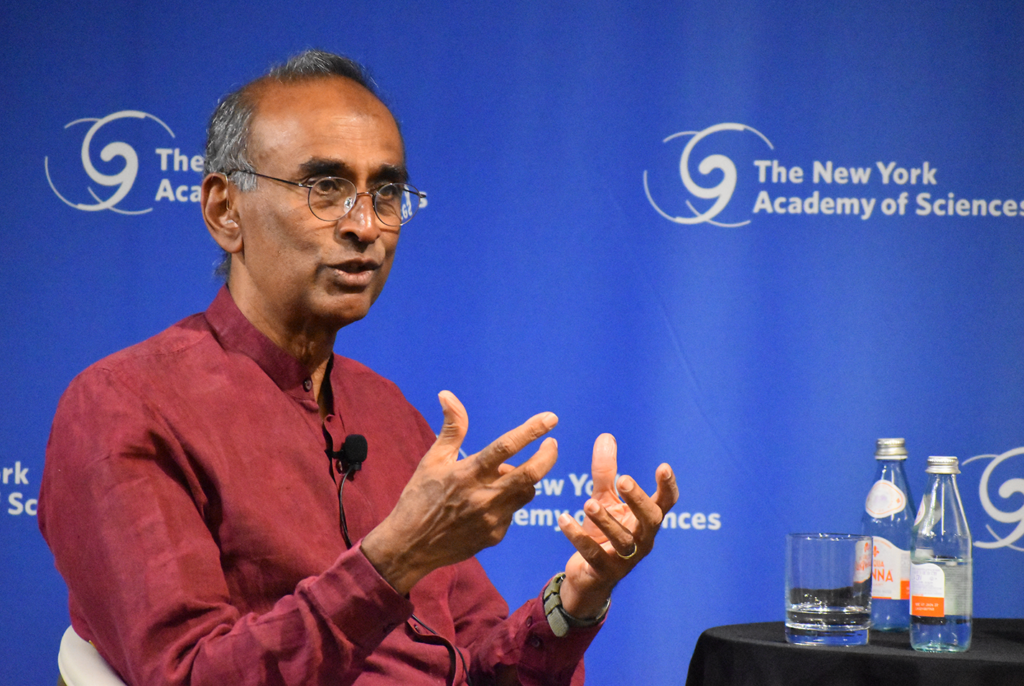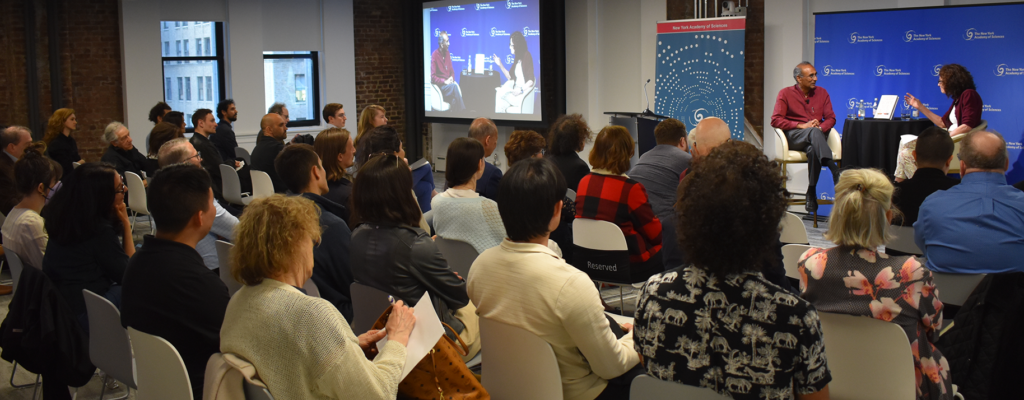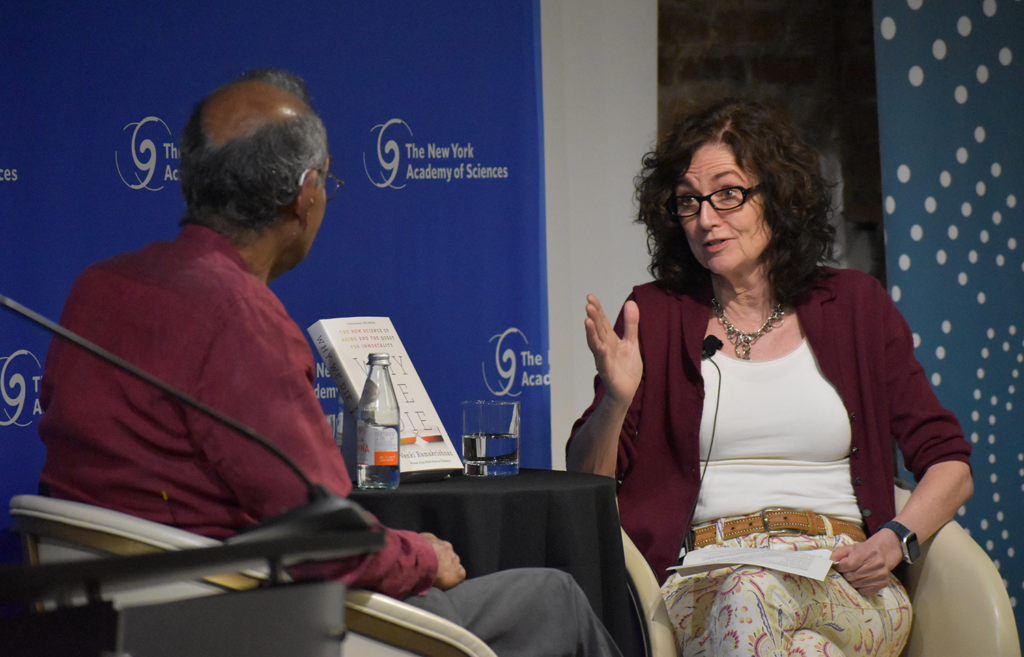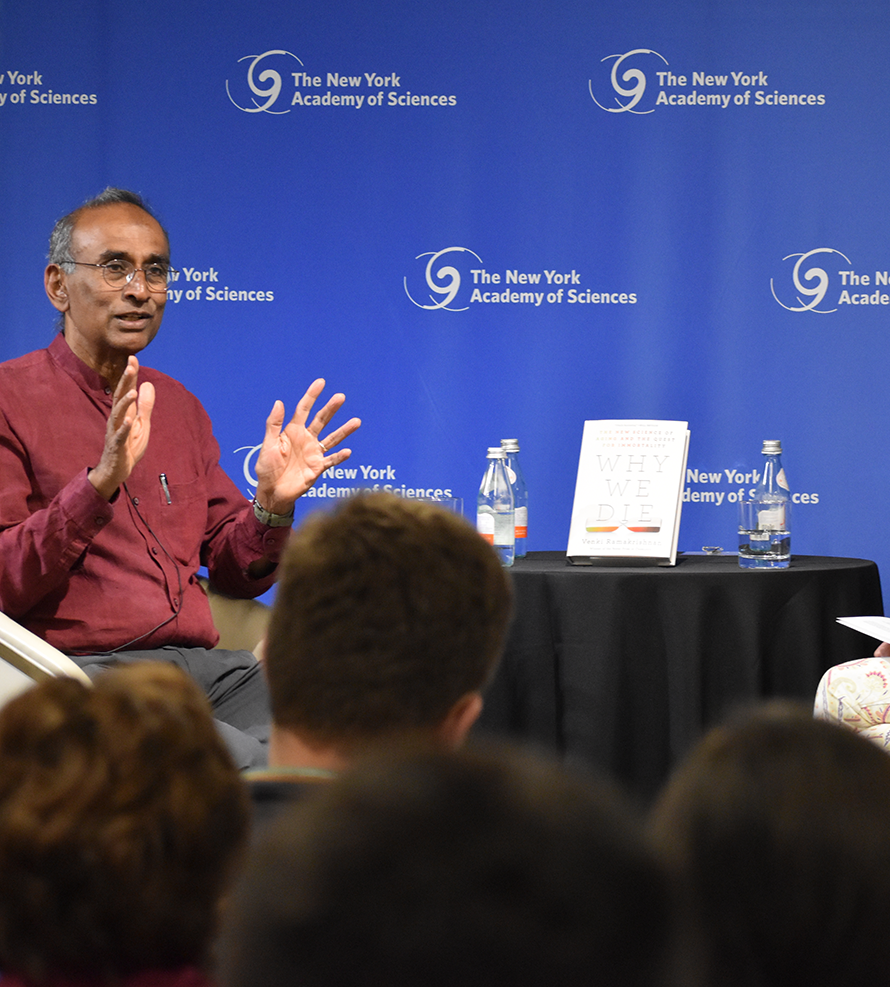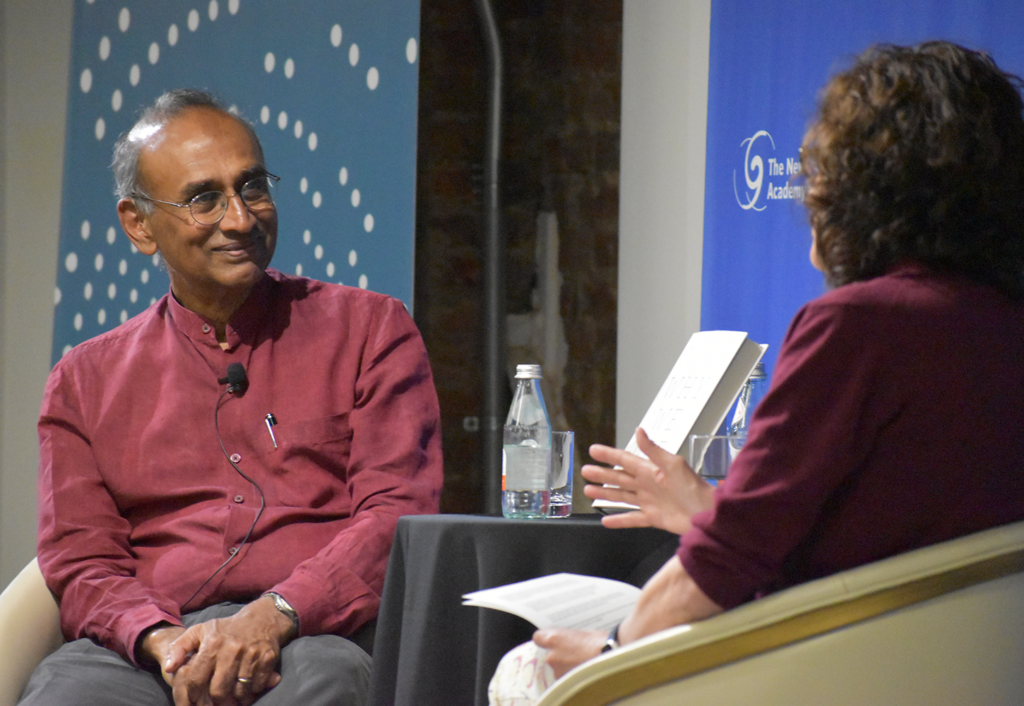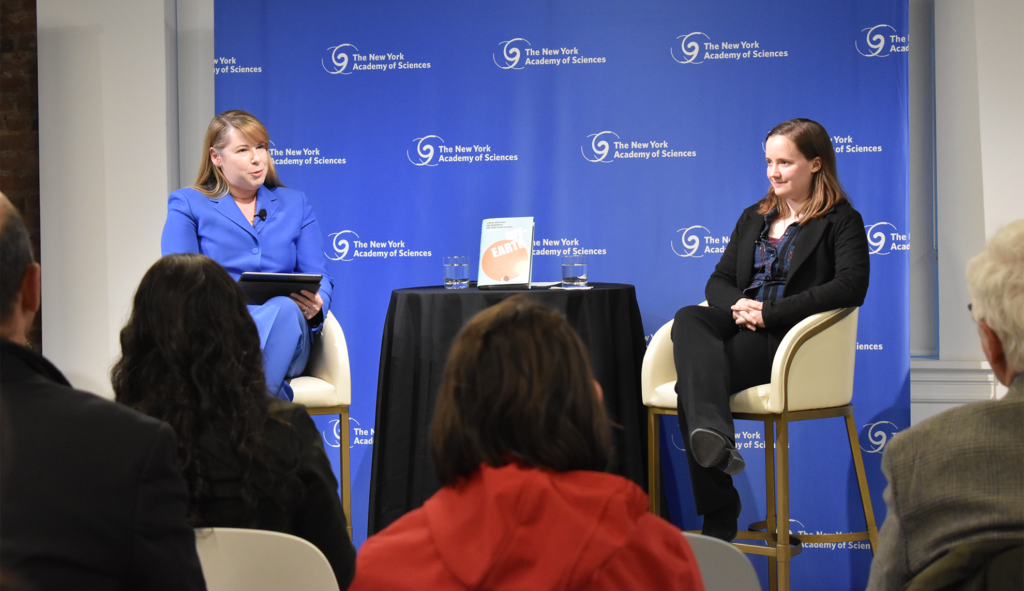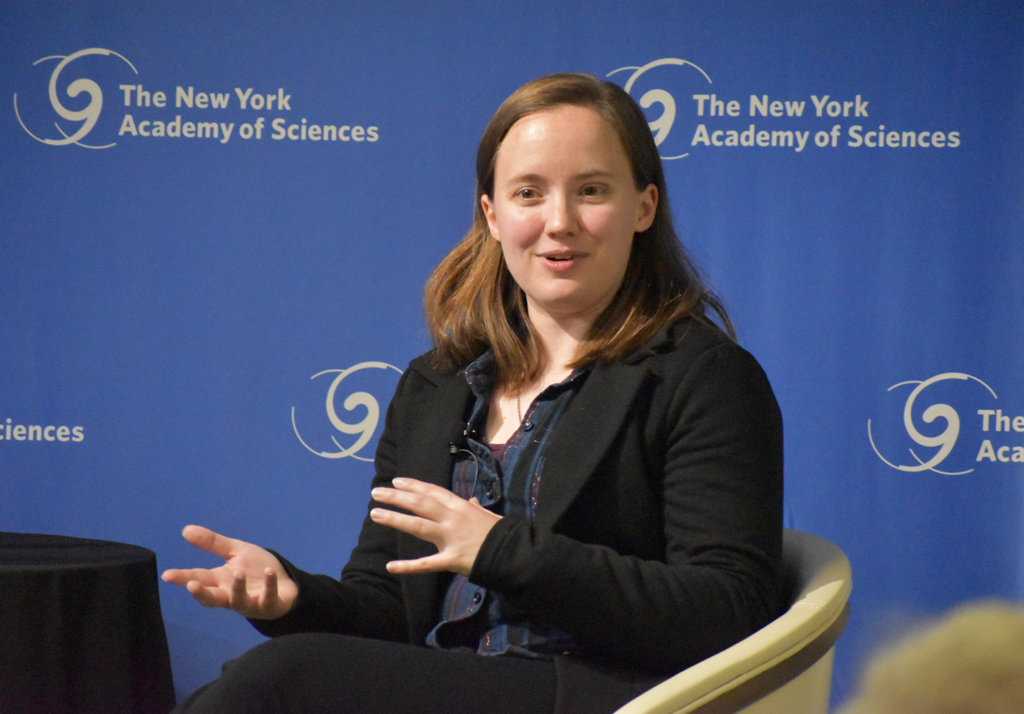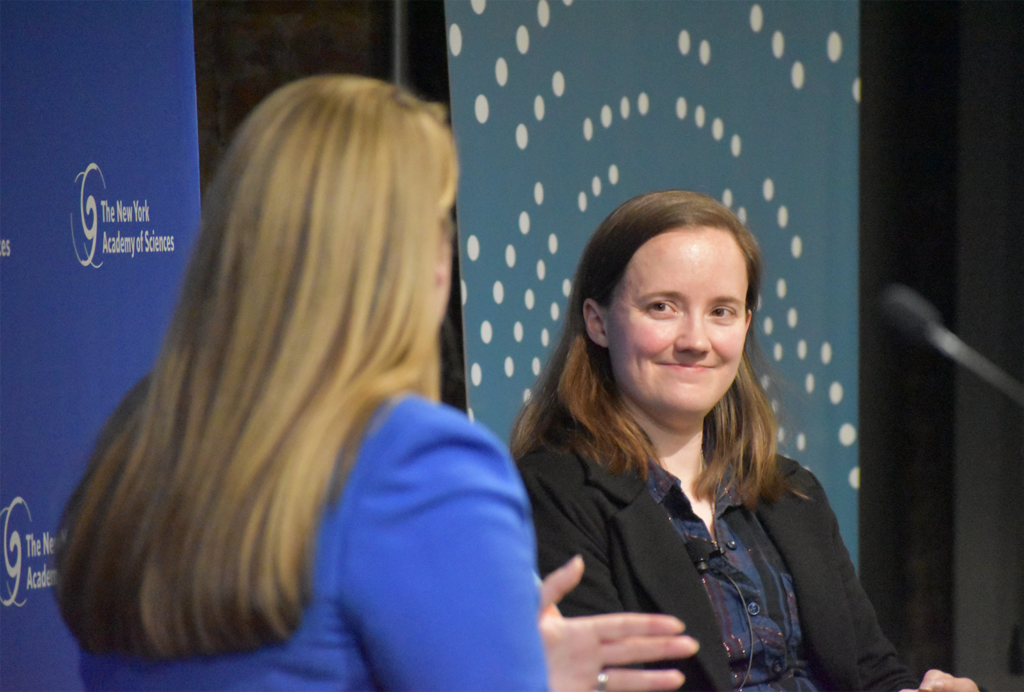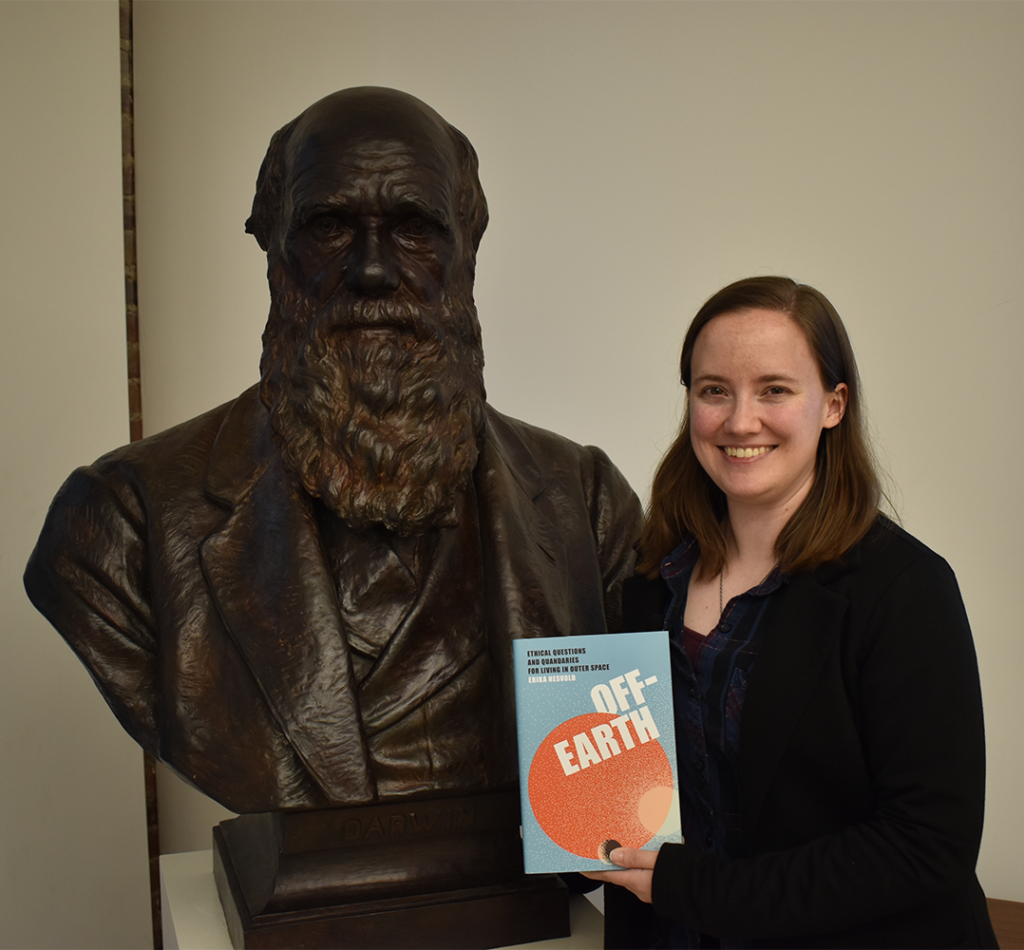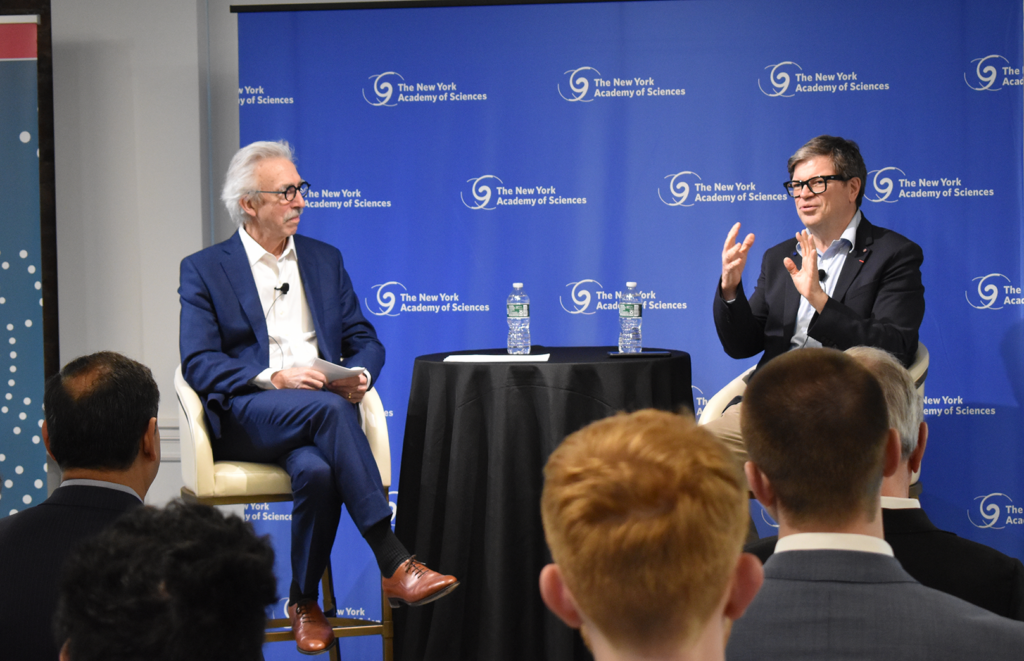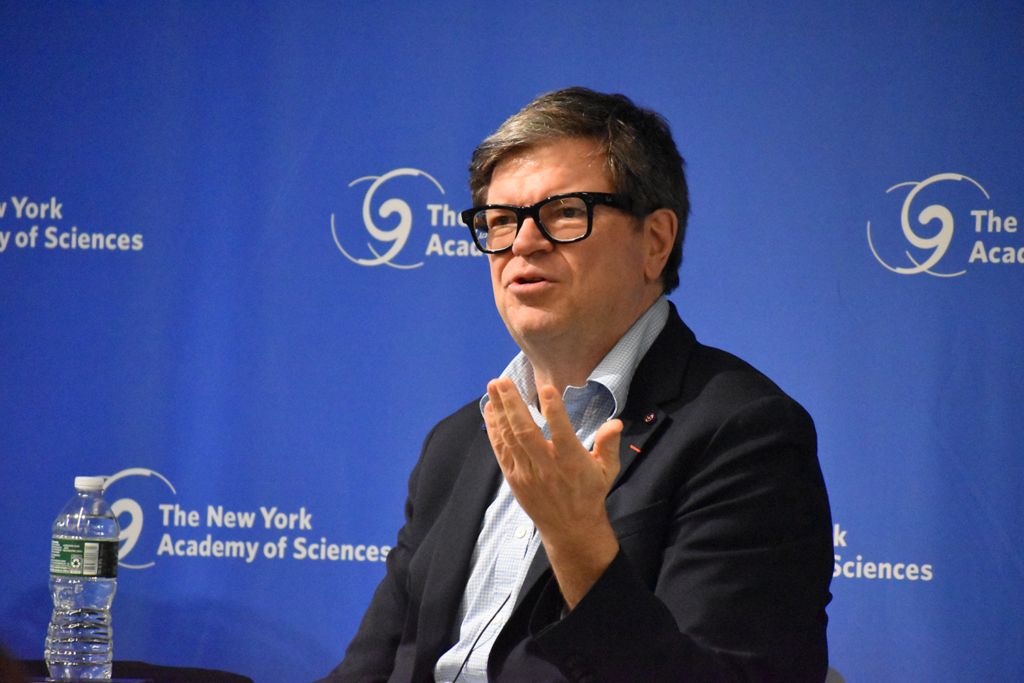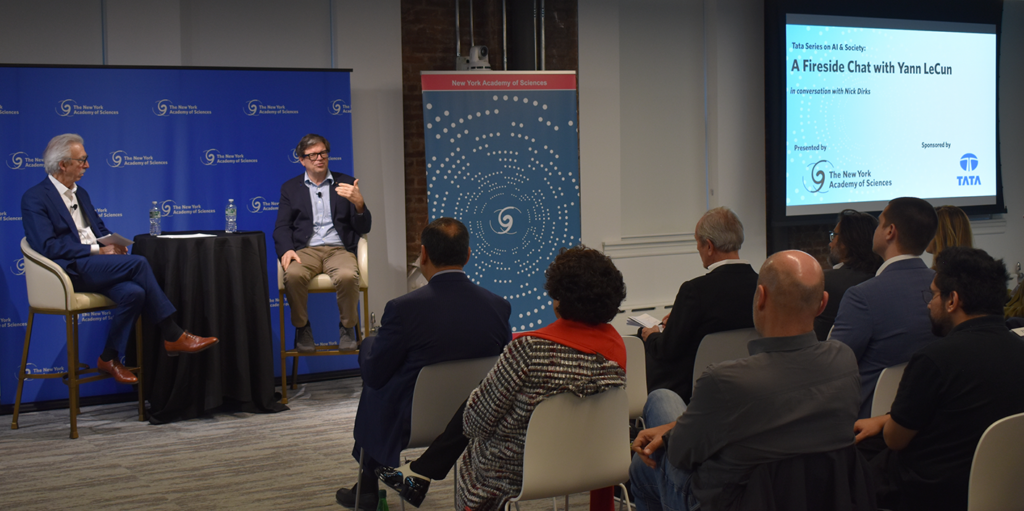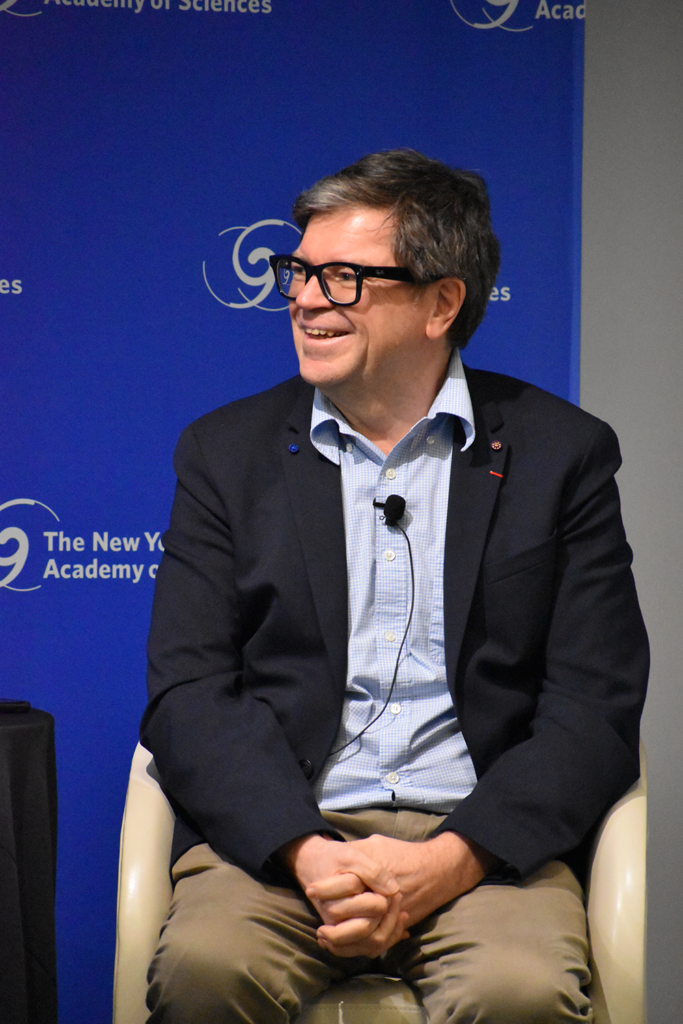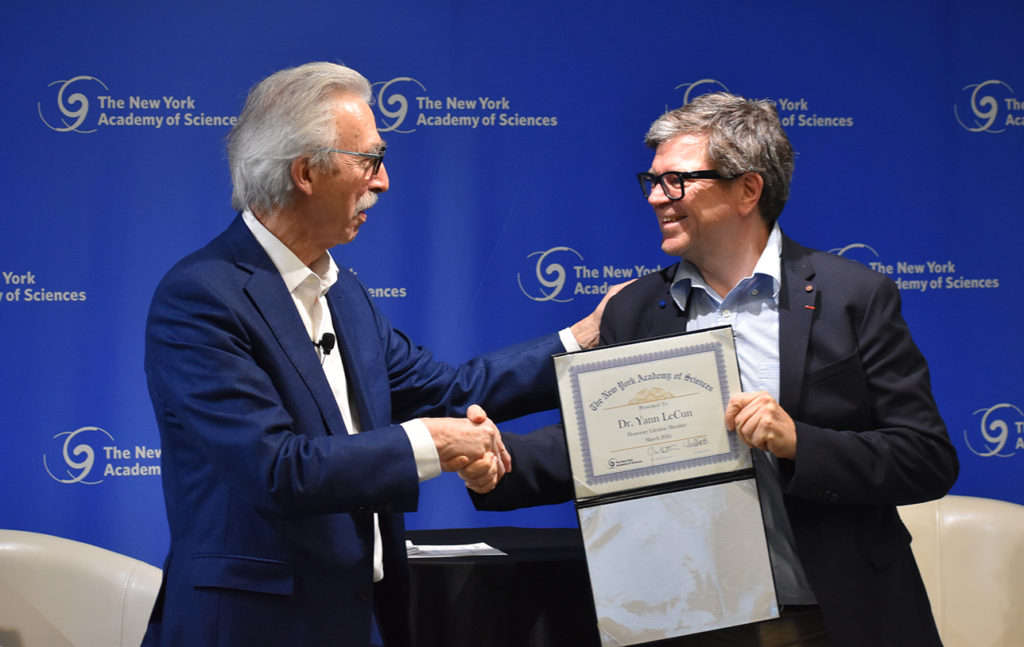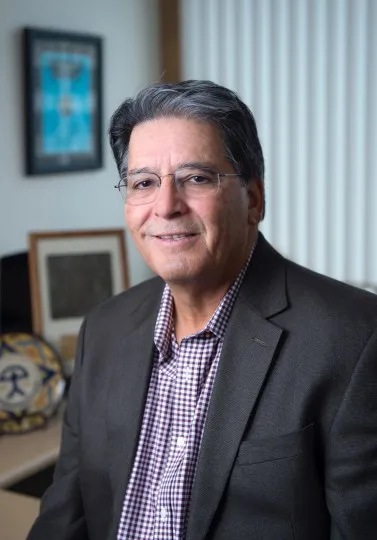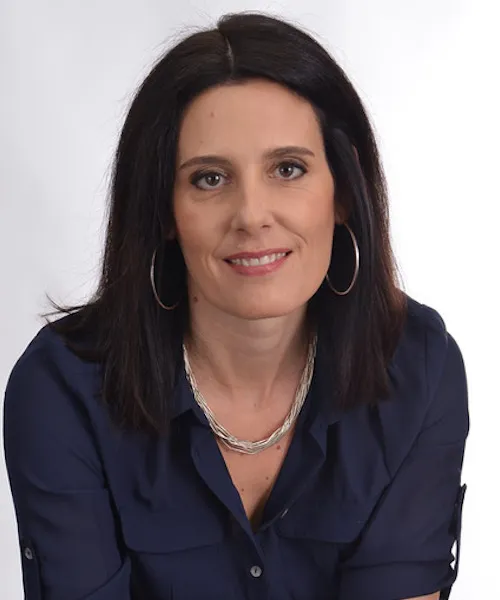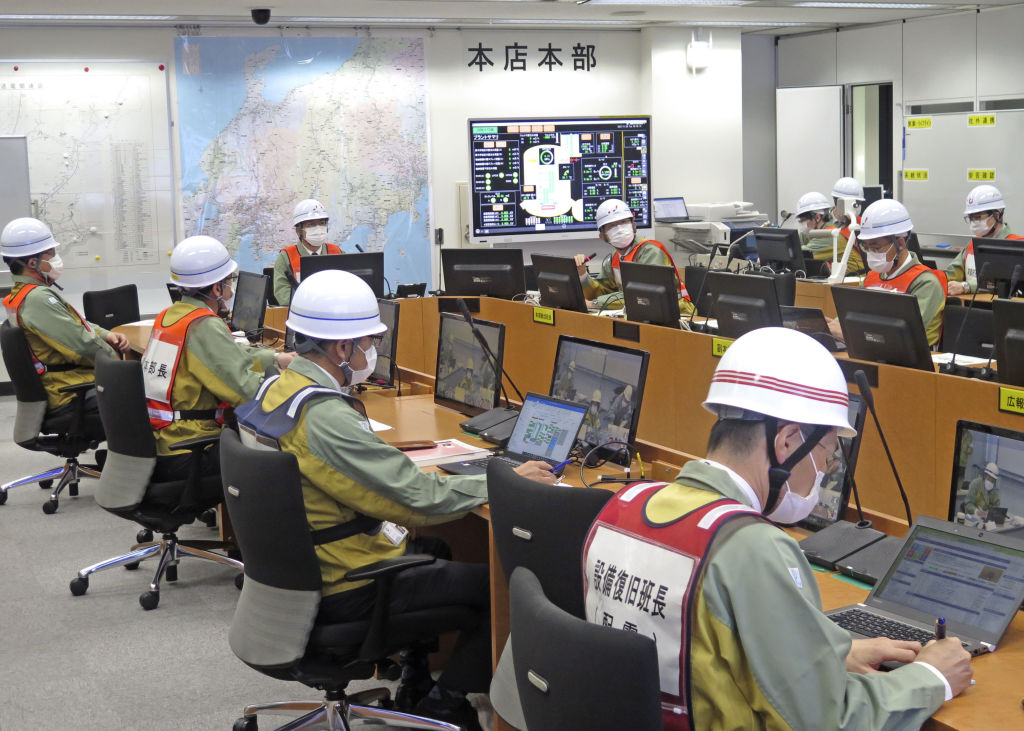
Journalist Madhumita Murgia discusses the potential impact of AI particularly on disenfranchised populations, in her new book Code Dependent: Living in the Shadow of AI.
Published July 16, 2024
By Nick Fetty
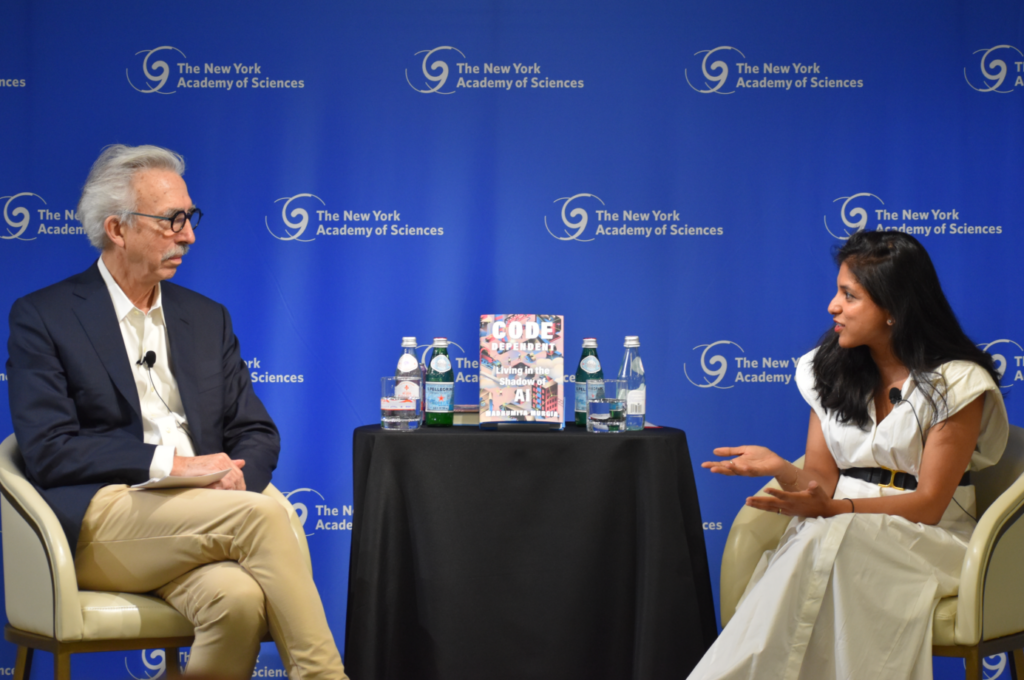
Nicholas Dirks, President and CEO of The New York Academy of Sciences, recently sat down with journalist and author Madhumita Murgia to talk about her new book, as the latest installment of the Tata Knowledge Series on AI & Society, sponsored by Tata and Sons.
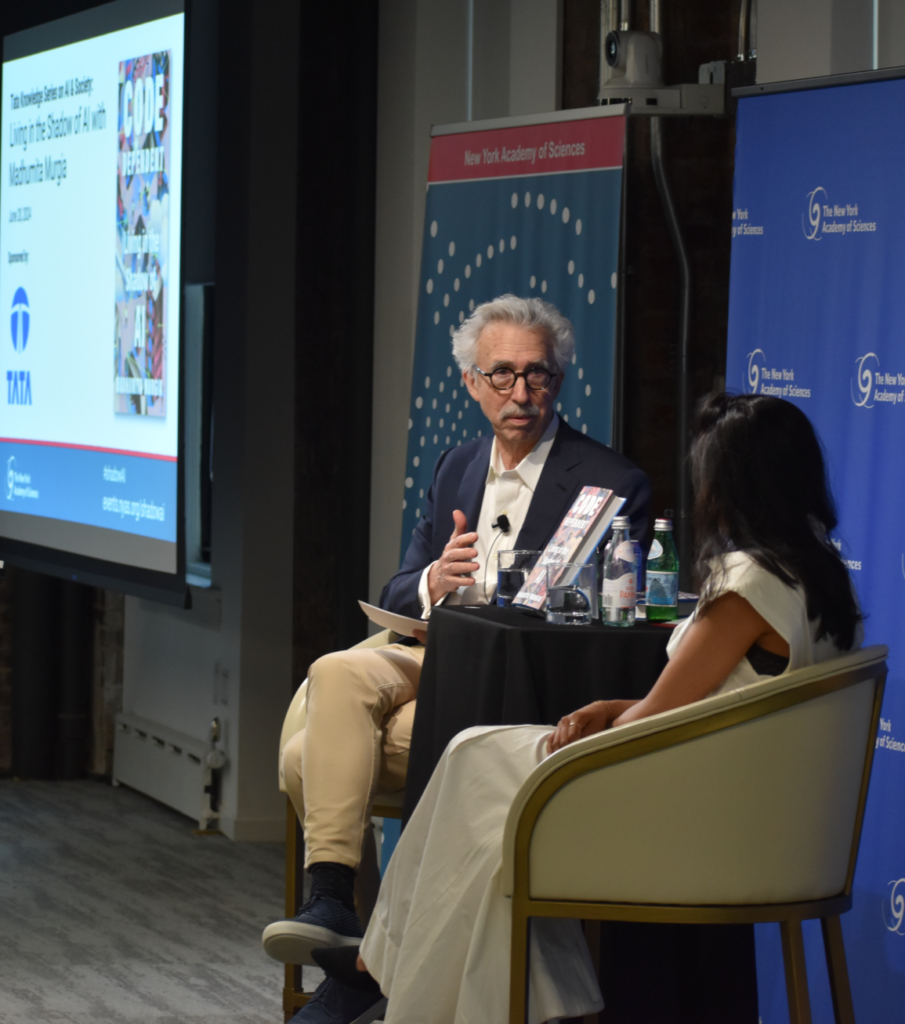
From Scientist to Journalist
The discussion kicked off with Murgia talking about her own journey, which began in Mumbai, India. When considering her major at the University of Oxford, she had to decide whether she’d pursue studies in a scientific field or English. She chose the former.
“I think I made the right choice,” said Murgia. “I learned about the scientific method, more than the facts and the research. [I developed] a deep respect for how science is done and how to analyze data.”
After graduating with her undergraduate degree in biological sciences, she remained at Oxford where she completed her master’s in clinical immunology. She was part of a team that worked on an AIDS vaccine prior to earning a M.A. in science journalism from NYU and transitioning to media. Murgia joined the staff of the Financial Times in 2016, serving as the European technology correspondent, and in 2023 was named the newspaper’s first Artificial Intelligence Editor.
“[Journalism is about] understanding complex subjects by talking to the experts, but then distilling that and communicating it to the rest of the world,” said Murgia. “[I want to] bring these complex ideas to people to show them why it matters.”
This basis in science and journalism helped to inform Murgia’s book, which was released in June by Macmillan Publishers.
AI’s Potential in Healthcare
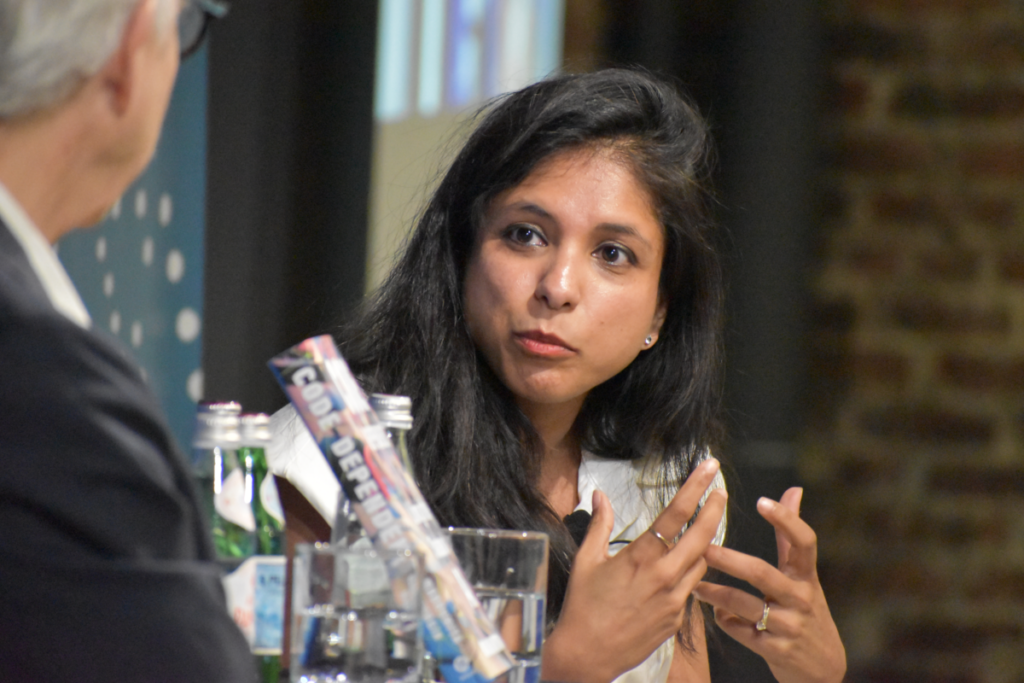
While much of Murgia’s book focuses on societal concerns associated with AI, she highlights healthcare as an area where AI shows positive potential. Murgia discusses an app called Qure.ai, which analyzes chest x-rays to predict the likelihood of tuberculosis (TB), a growing health issue in India. The TB infection burden impacted more than 30 percent of those over the age of 15 between 2019 and 2021, according to the National Prevalence Survey of India.
But Murgia knows that stories about people and their experiences are the most compelling way to make a point. She used the example of patients and doctors, both of whom are dependent on these emerging technologies but in different ways.
“For me, the most optimistic I ever feel about AI is when I think about it in relation to science and health,” said Murgia.
Murgia writes about Ashita Singh, MD, a physician who practices in rural western India, often serving tribal populations. According to Murgia, Dr. Singh described medicine as “an art rather than a science.”
The doctor focuses on making human connections when treating patients knowing that resources in her area are extremely limited. AI has shown potential to fill these resource shortfalls, in part because of Dr. Singh’s willingness to train, test, and implement AI technologies within her medical practice.
“TB is a curable disease. People shouldn’t be dying from it,” said Murgia. “In places where there aren’t many [medical professionals], this is the next best option.”
The Global Infrastructure Training the AI
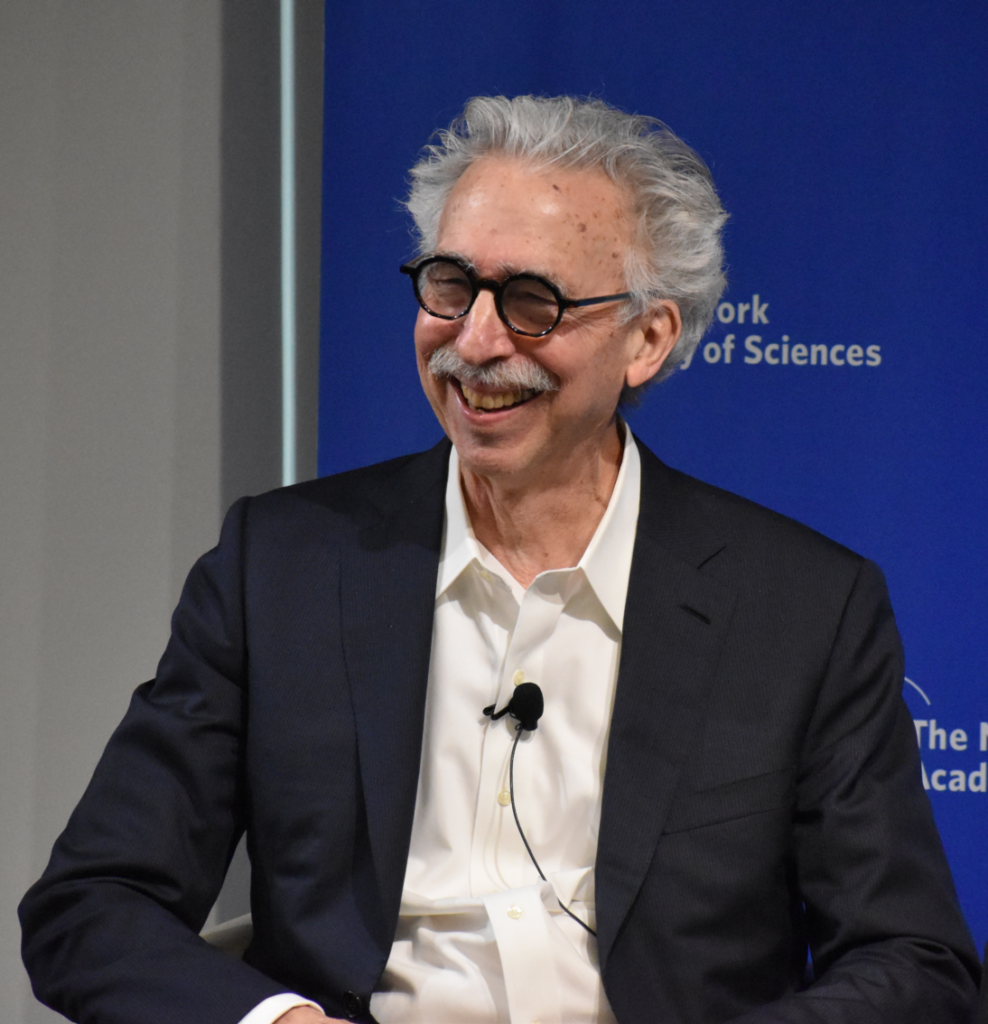
A consistent theme throughout the book is AI’s at-times exploitative nature on laborers, particularly those at the lower rungs of the socioeconomic ladder. Murgia tells the disturbing story of workers in Africa who are tasked with moderating content for Meta, which owns the popular social media platforms Facebook and Instagram.
While this started out as a way to empower workers, enabling them to develop tech skills while earning a paycheck, it eventually turned exploitative. Workers became traumatized because of the often sexual and violent nature of the content they were forced to view then manually decide whether it violated the platform’s terms of service.
“The more I dug into it, it became apparent that there were huge limitations in how this industry operates,” said Murgia. “The biggest one being the amount of agency these workers are allowed to exercise.”
Murgia cautioned against the technological deterministic take, which can over emphasize the societal benefits of AI. She compared it to colonialism in that the disenfranchised populations are given a small amount of power, but not enough to fight back in a meaningful way.
Empowering Agency Through AI
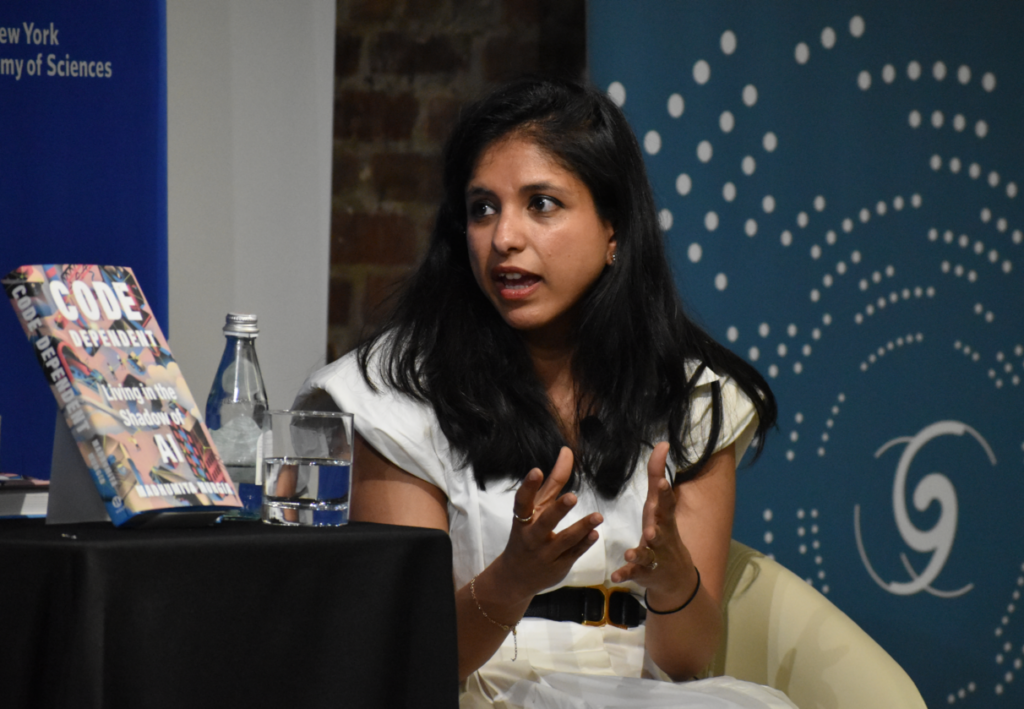
Murgia said the public may feel a lack of control when using AI because of its complex and fast-moving nature. Typically, the individuals building the systems have the most say.
She added that this is further complicated by the fact that the majority of research and development is done by part-time scientists within corporate environments. These scientists, some of whom continue to hold on to academic appointments, are often bound by financial obligations alongside their ethical responsibilities.
Murgia argues that independent scientists, not bound by corporate obligations, are crucial in areas like evaluation and alignment. Experts in fields like science, medicine, and education provide valuable input when developing these systems, particularly in pinpointing weak points and limitations.
One example of effective, non-corporate work within the realm of scientific research on AI is with the AI Safety Institutes in the United States and the United Kingdom. Murgia feels that these agencies are effective because they are run by computer scientists and machine learning experts rather than regulators and policymakers.
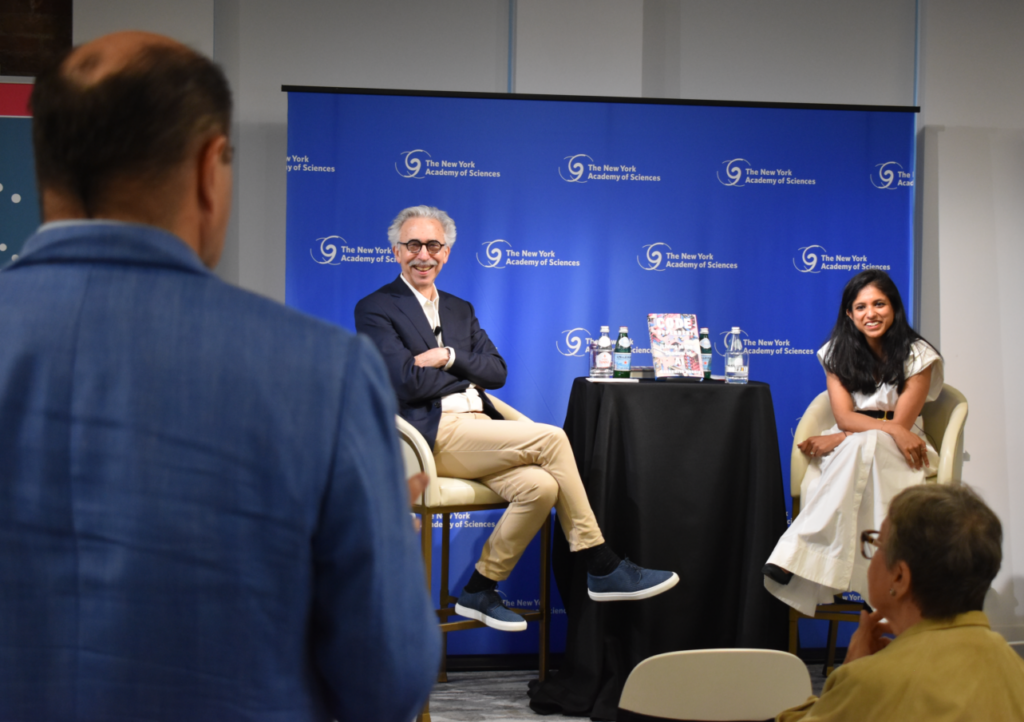
“That gives you a sense of accountability,” said Murgia. “And I think that’s how we can all contribute as it gets implemented into the education system, into hospitals, into workplaces.”
Murgia raised numerous other ethical concerns about AI such as apps underestimating (and therefore underpaying) distances for couriers and the legal gray area of facial recognition software. She also points out threats posed by AI-manipulated video, which often target and sexualize women. AI is also serving as a replacement for romantic human companionship, as illustrated by a Chinese company that has generated half a million AI girlfriends for lonely men.
In his closing remarks, Nicholas Dirks, thanked Murgia and set the stage for future collaboration.
“I heard a lot of encouragement for the projects and initiatives we’re doing here from you, so hopefully we can continue to get advice on how we can be a player in this incredibly complex ecosystem that we’re all now part of, whether we know it or not,” he said.






